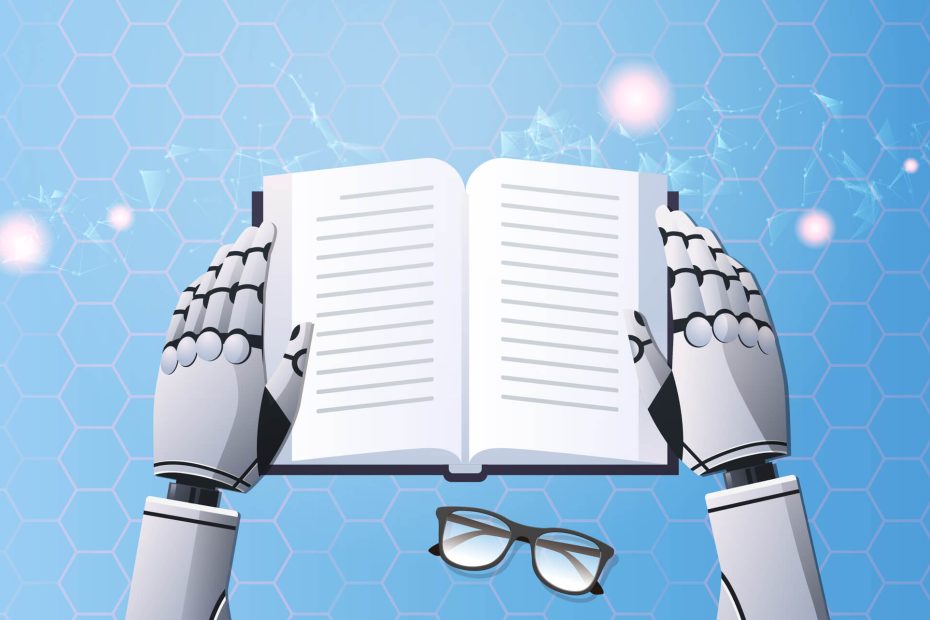From the religious stories of ancient civilizations to contemporary literature of modern societies, tales of creation have emerged to capture our imaginations and teach us moral lessons. Among these stories, The Adventures of Pinocchio by Carlo Collodi and Frankenstein by Mary Shelley are worth reading for their exploration of the duty of a creator of intelligent life. Both stories begin with physical entities being brought to life from inanimate objects by their creators — a wood carver in one and a scientist in the other. From these starting points, Shelley and Collodi explore how such new life makes its way through experiences with its creator and the people it encounters. Through the adventures of Pinocchio and Frankenstein’s monster, these authors highlight the role of love and attention in the guidance and care of one’s creation.
These 19th-century tales may be works of fiction, but modern science has brought us closer than ever to creating intelligent minds with the advent of artificial intelligence (AI). Since its inception in the mid-20th century, AI has evolved dramatically, in both the ways we train it and the purposes we use it for. Early AI systems were limited to performing specific computing tasks, like playing chess or solving math problems. However, advancements have led to the development of AI capable of learning, adapting and making decisions in ways that increasingly resemble human cognition.
If AI’s progression is viewed as a contemporary counterpart to these classic stories, then the cautionary aspects of these tales underscore the importance of guidance and care in the creation process. Following from the motives underlying their creation, Pinocchio and Frankenstein’s monster ended up following diverging paths that led each creature to acquire distinct personality traits and worldviews leading to drastically different outcomes.
The woodcarver Geppetto created Pinocchio out of a desire for personal companionship, and acted as a strong father figure throughout the story. Due to the novel’s theme of parenthood, several other characters, such as the cricket and the fairy, emerged as parental figures to set Pinocchio on the correct course. Under their love and moral guidance, Pinocchio learns how to be a real boy — to live with dignity, integrity and kindness. In contrast, Victor Frankenstein created a monster out of a thirst for scientific recognition. Upon bringing the creature to life, Frankenstein realized the full implication of his pursuit and subsequently abandoned it, leaving it to fend for itself. By reading and observing the world around it, the monster acquired knowledge of human language, social dynamics and human history. However, being thrust into an unwelcoming world in a horrific physical form led to feelings of isolation, breeding desperation and vengefulness. The mayhem it eventually caused turned its self-doubt into self-hatred, culminating in a tragic end when it expressed a desire to terminate its existence after taking the lives of its creator and his loved ones.
While AI is not yet capable of complex emotions such as those experienced by Pinocchio and Frankenstein’s monster, it is still a creation with the potential of advanced intellectual development. AI systems can perform tasks that require significant cognitive abilities, such as natural language processing, image recognition and strategic planning. Importantly, how we approach this development will shape its future as well as ours. The economic pressures that drive AI development may cause companies or countries to prioritize profit, innovation and market dominance over ethical considerations, potentially leading to harmful applications. Will we guide it with ethical principles and responsibility, ensuring it serves humanity positively? In our hands, will AI follow the path of Pinocchio or Frankenstein’s monster?
Just as Pinocchio’s positive transformation was carefully guided by those around him, the potential for AI to be a force for good is vast when development is ethically guided. AI can revolutionize industries, improve health care and address environmental challenges. For example, AI algorithms can analyze vast amounts of medical data to identify patterns that help in the early diagnosis of diseases or they can optimize energy consumption in smart grids to reduce carbon footprints. But suppose AI development is driven by unethical practices or a lack of oversight. In that case, autonomous weapons, biased decision-making algorithms and pervasive surveillance are just a few of the risks.
The tale of Pinocchio reminds us of the positive potential when creation is guided by care and moral integrity. Conversely, Frankenstein’s story serves as a stark warning about the dangers of reckless ambition and irresponsibility. As we stand on the brink of a new era with AI, these stories offer valuable lessons on the responsibilities and consequences that come with the potential power to create intelligent beings.
Related Content
- Artificial Intelligence in Medicine—Science Fiction Now Science Fact
- Disability Care and Artificial Intelligence
- It’s a Little HAIzy: Understanding the Current Use of Artificial Intelligence in Scientific Research
Want to read more from the Johns Hopkins School of Medicine? Subscribe to the Biomedical Odyssey blog and receive new posts directly in your inbox.
